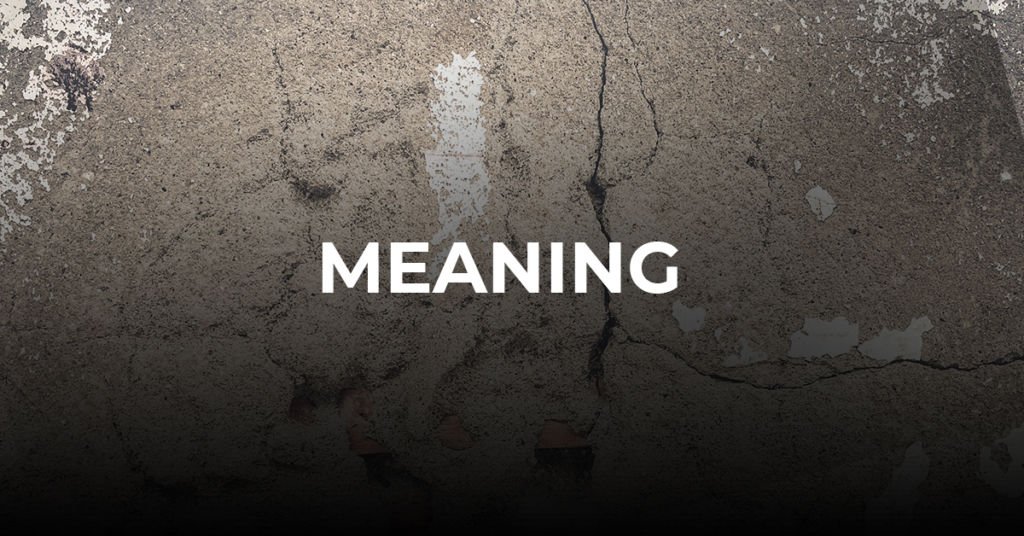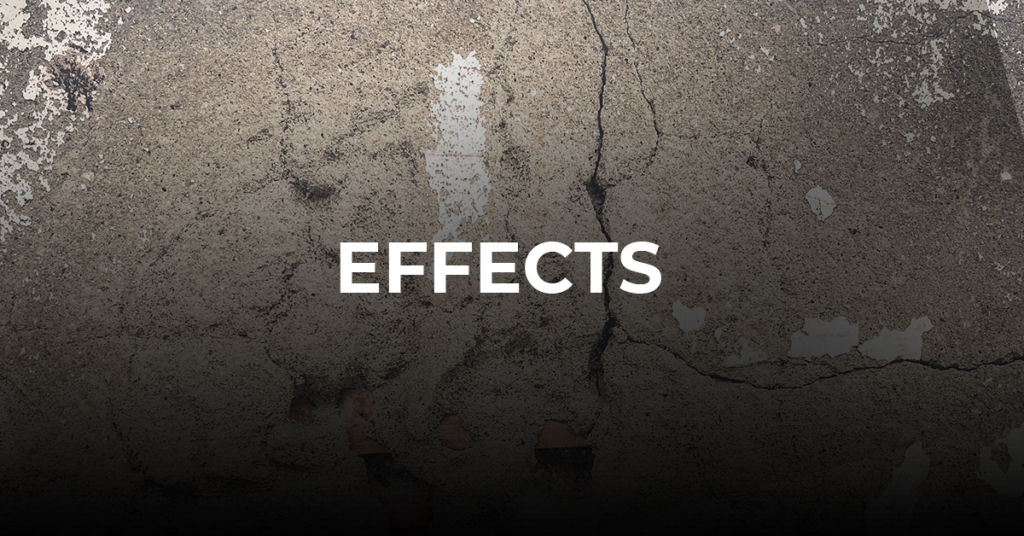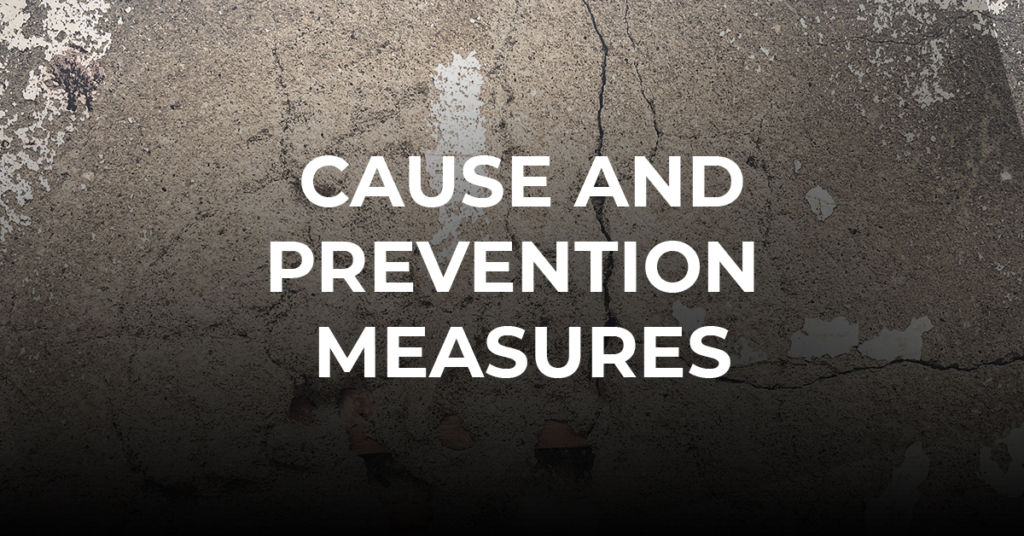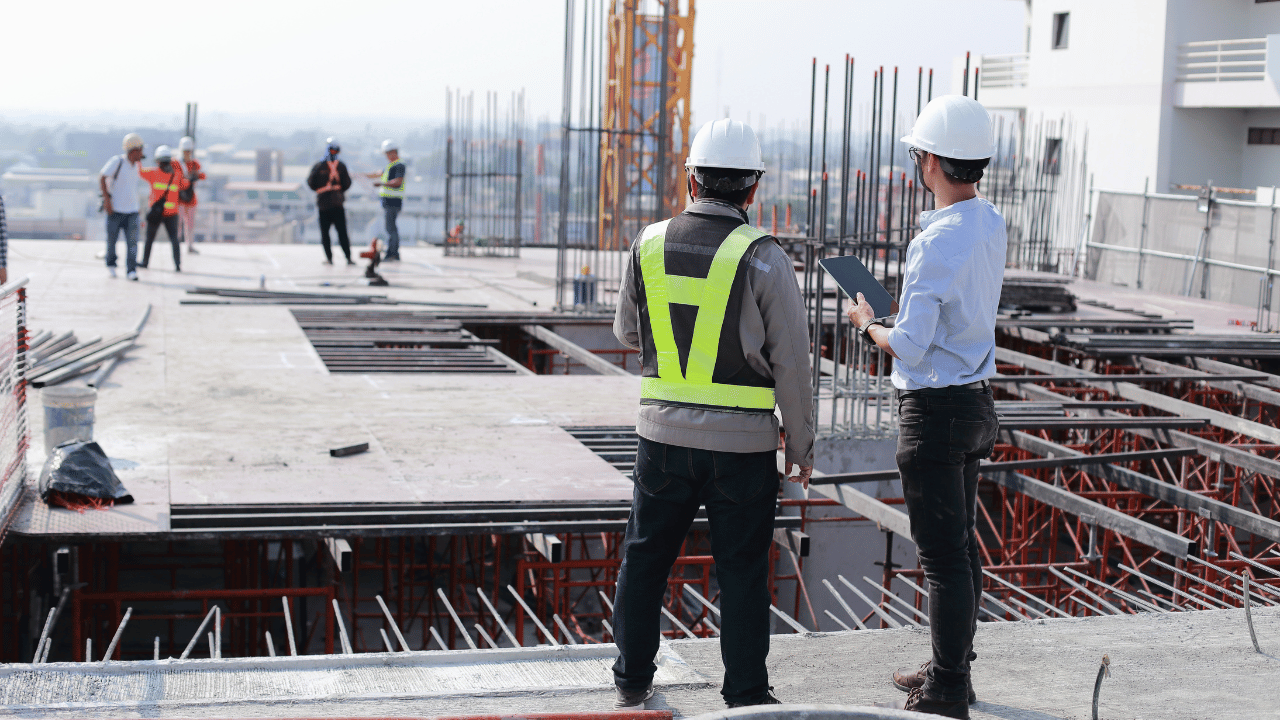
Understanding Concrete Spalling: Causes, Prevention & More
John Souffront
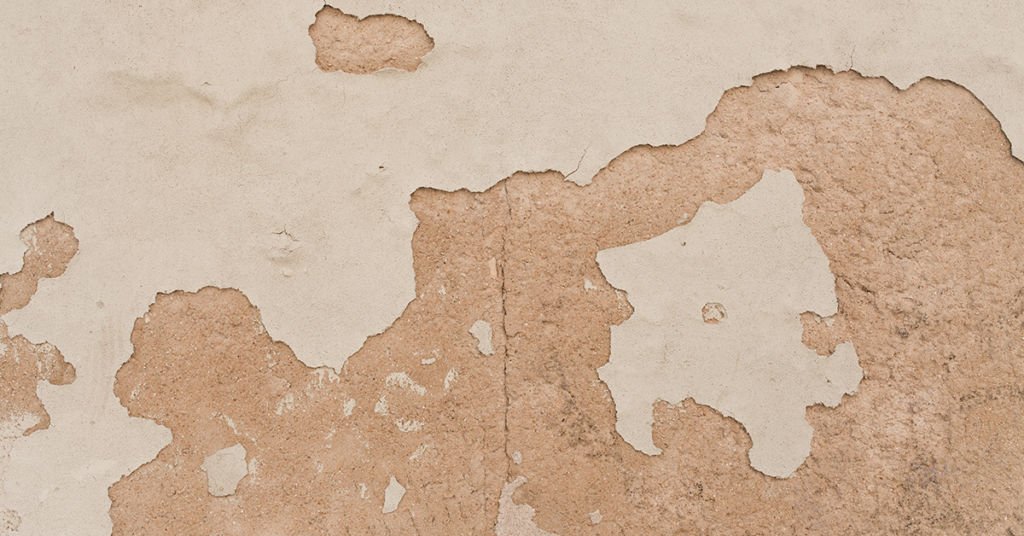
Concrete’s adaptability comes in handy for anything from massive foundations to small touches like pool decks. Concrete has a lengthy lifespan when laid and you appropriately maintain it, lasting through multiple generations of scraped knees and chalk drawings. It’s important to remember that the weather can damage concrete—untreated concrete spalls like untreated wood rots. Concrete spalling is a serious concern and in this blog, we will discuss everything about concrete spalling. Let’s get started.
Concrete Spalling: A Brief Introduction
Concrete spalling occurs when small pieces of concrete separate from the rest of the structure, revealing the reinforcing or the concrete’s inner workings to the elements.
High-volume foreign products formation takes place due to specific chemical reactions within the concrete, which causes spalling. These innovative items will boost internal pressure within the concrete due to the material’s inherent lack of void space.
Therefore, fissures emerge to vent this pressure outside. The presence of these fissures invites atmospheric reactions with the concrete’s interior environment, heightening the risk of failure.
If the flaws continue to widen, the concrete will eventually crumble and fall apart. To a large extent, this issue stems from formation of new products.
Manifold factors responsible for causing concrete spalling include exposure to high temperatures, corrosion, chemical attack, pollution, and more.
You might also want to read: TOP CONCRETE CRACK REPAIR METHODS YOU MUST KNOW OF
Concrete Spalling: What are the effects?
The following are some significant effects of spalling concrete:
- The risk to human life increases since the concrete fragments could cause injuries or destroy property below.
- There is increasing risk of corrosion due to the reinforcement in the concrete being exposed to the environment. Over time, corrosion will cause steel to corrode and break, which might cause the entire building to collapse.
- When concrete spalls, the surface area of the material that can withstand a load diminishes. The structure’s capacity to withstand moments, loads, and shears reduces.
- Without proper treatment, reinforcing corrosion will continue to spread. The accompanying upkeep expenditures will rise as a result of this.
- Damage to the building’s aesthetic appeal caused by spalling concrete will lower its market value.
Concrete Spalling: Cause and Prevention Measures
Failure to Provide Adequate Cover
A lack of proper protection from the elements will make the reinforcement more susceptible. A surface fissure, however little, will reveal the backing. Corrosion occurs in steel when it has exposure to the environment. A high internal pressure brought on by the corrosion products’ greater volume than the steel leads to spalling. Therefore, designing and supervising structures correctly, or using materials with care, are also necessary.
Freeze-thaw Cycles
In colder climates, seeping water freezes into ice, which has a greater volume than water. To control this expansion, professionals leverage air-entraining chemicals to embed tiny air spaces throughout the concrete.
Alkali Aggregate Reactions
Formation of the Alkali-Silica Gel (ASG) takes place when the alkali in the cement combines with the silica in aggregates in contact with water. This gel has a greater volume than the typical results of hydration. Without all three components—water, alkali, and silica—the alkali-aggregate reaction cannot occur. Therefore, to impede the reaction, we can lower the alkali component of the cement, or use synthetic aggregates without the presence of silica in it.
High Temperature
Explosive spalling can happen when concrete is subjected to extreme temperatures, such as those found in a fire, or when the concrete is oversaturated. Due to its enhanced brittleness at high temperatures, high-strength concrete is more prone to cracking and breaking than regular-strength concrete. Therefore, fire safety in the building must be a priority to lessen the possibility of explosive spalling.
Poor Compaction
The reinforcements may corrode and spall if they get exposure due to improper compaction. The solution to this issue is to employ competent supervision and using vibrators to achieve proper compaction.
Inadequate Water Content
When there isn’t enough moisture in the mix, it becomes less manageable and more challenging to compact. Unexpected air pockets can occur, laying the groundwork for cracks to appear later. A high ratio of water to cement will result in a decrease in the strength of the concrete, making it more susceptible to microcracking and, as a consequence, spalling. Any potential accidents during mixing can be avoided by strictly adhering to the specified mix design ratio and maintaining enough supervision.
Sulfate Attack
Cement with a high concentration of sulfates or atmospheric sulfates is to blame. Insufficient strength in the concrete, brought on by the breakdown of the hydration reaction’s byproducts, is what ultimately causes spalling—making use of sulfate-resistant cement and reducing concrete’s permeability.
Chloride Attack
In coastal buildings, this is a common occurrence. The corrosion of the steel reinforcing is the direct cause of spalling concrete due to chloride assault, adding more concrete on top, and painting the reinforcements to prevent rust.
Lacking a Smooth Finishing
Water has a greater tendency to pool on top of a building with a rough surface finish than on one with a smooth finish. However, the structure’s unfinished, shoddy appearance can aggrevate water seepage and possible spalling. The only solution to this is to provide a smooth finish.
Unhealthy Environment
In addition to physical damage, concrete will suffer from chemical attacks due to environmental pollution. Spalling occurs when sulfide-containing contaminants mix with water and seep inside a building. Using paints that are resistant to water will prevent this from happening.
Concrete Spalling Repair: How to Go About It?
#1: You can carefully pry loose the concrete blocks. For extra precaution, you can remove an additional two inches of concrete around the damaged region.
#2: Using listening instruments to locate any unevenness around the afflicted area due to the spalling is a potential additional safety measure. You can treat any area of concern to prevent more issues.
#3: To get rid of any rust in the steel, you may even use a wire brush to clean the reinforcement.
#4: You can leverage compressed air to clean the surface and coat the reinforcements with anti-rusting polymer or paint to prevent rusting.
#5: Roughening up the surface of the old concrete to give it enough “teeth” for good adhesion is one option, while bonding chemicals are another.
#6: Concrete, either regular or polymer-based, is useful towards patching up the damaged area. Verify that the new filler material has a similar thermal expansion coefficient to the original concrete. Discrepancies brought on by temperature swings between rooms will be avoided.
#7: To prevent water from pooling, the surface must be treated to a smooth texture.
#8: Water-repellent paints will be applied to the surface to stop water from seeping through.
In places with frigid winters, spalling concrete is a common problem. To significantly miticate this problem, we should manage the air-entraining chemicals appropriately and apply a water-repellent coating to the surface.
You might also want to read: CONCRETE RESTORATION SERVICES: A ROBUST GUIDE TO UNDERGO (2022)
Final Words
Through this blog, we understood spalling concrete, its cause, effect, preventive measures, and how to repair it. But, by now, you must have understood how important it is to get a spalling repair service. If you are facing such a problem and still searching for a solution, you better hurry up, or the end result will be bad.
Souffront Construction and Engineering can help you in this matter. We enjoy great respect and recognition in 3 fields: 40-year recertification, concrete restoration, and infrared thermography inspection. Our services and customer support are unmatched in the state of Florida. Feel free to hop on a call with our support team to know more about our services.
John Souffront
John Souffront is a seasoned leader in the construction and engineering industry, with over a decade of experience at the helm of Souffront Construction & Engineering. Known for his unwavering commitment to excellence and innovation, John has propelled his firm to the forefront of the field, delivering cutting-edge solutions for complex projects around the country.
Build Your Project
Ensure safety and compliance on your construction site with our experienced team. Call us today.
Contact Us
